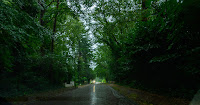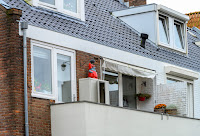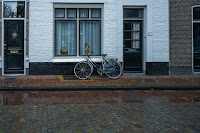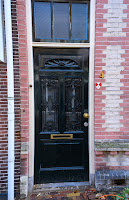Visiting the land of windmills, clogs and tulips, makes one automatically think of the word Holland, the Dutch nation in the Northwestern part of Europe. But did you know that the official and correct name for the home of the Dutch is the Koninkrijk der Nederlanden, or the “Kingdom of the Netherlands”. This is usually shortened to “the Netherlands”.
The terms Nether or Neder are derived from Germanic words meaning “low”, which combine with lands or landen to mean “lowlands”. This corresponds to the geography of the area which is barely higher than sea level, if not below it!
Holland as a name, dates back to the 11th century and is most likely derived from holt land, meaning “wood land”. Originally ruled by the Count of Holland, it was a county covering the north-western corner of today’s Netherlands. As the centuries and generations passed, this county became a province.Holland emerged as the most politically and economically active of all provinces in the Dutch Republic of the 16th to 18th centuries. It was also home to important cities like Amsterdam, The Hague, Rotterdam and Leiden.
Today, Holland as an official province doesn’t even exist anymore. What happened to it? Holland was split to become North Holland and South Holland in 1840.
 |
| Courtesy of BBC |
While the last time we went to the Netherlands, we took the Eurostar, this time around we decided to fly. A short one hour puddle jump across the North Sea and we were in Amsterdam Schiphol airport.
But Amsterdam was not our final destination, instead we had a short drive to Mijdrecht, a village with almost twenty thousand inhabitants including my cousin.
For the next few days we visited nearby villages and sites worth seeing.
A fun fact; one can travel from the north end to the south end of the country in about three hours by car...the Netherlands is about 102 miles (164 km) wide and 156 miles (252 km) tall.
Not that big of a country.😉
The compilation of the photos below are what caught my eye and trigger finger. Some captures were drive by shots because my cousin told me in no uncertain terms would she slow down for me to click; "beggars can't be choosers" 🤐.
While we drove and on occasion walked around the countryside; I say on occassion for the walking part because the weather was not very cooperative during our stay (rain doesn't affect the locals as you have seen in some of the photos, but it sure does affect me, the one carrying the camera. Have you ever tried clicking photos with a camera rain coat....it really is a drag).
On one of those occasion when the rain stopped for a short period of time, we walked the streets of Ouderwater.
As early as the year 1265, Oudewater received city rights, which makes it the oldest city in the Green Heart (a typical Dutch nature area with windmills, cows, cheese, farms and traditional crafts).The Hollansche IJssel river meanders through the historic center which provides beautiful views with boats, bridges and shimmering reflections. Ouderwater is also known for being a bewitching town. This small town in the Utrecht region has a dark secret. For many years, suspected witches from all over Europe have come here, which has left an interesting legacy for this cute and sleepy town.
|
||||
|
|
|||||
|
|
While Ouderwater is not the oldest village in the Netherlands, it does have some notable old buildings. And of course its reputation for being the best location to prove your innocence during the famous European witch hunts of the 15th century is another reason to visit this tiny village that is off the beaten path.




























































































I've not seen much of Holland/Netherlands so thanks for sharing some interesting pictures. Shame you had to battle the rain though.
ReplyDelete(Formatting looks to have improved 🙂)
Thanks Peter. It is a very picturesque country and worth a visit. I tried a little harder by lining up same sized photos, a work in progress 🙂
Delete